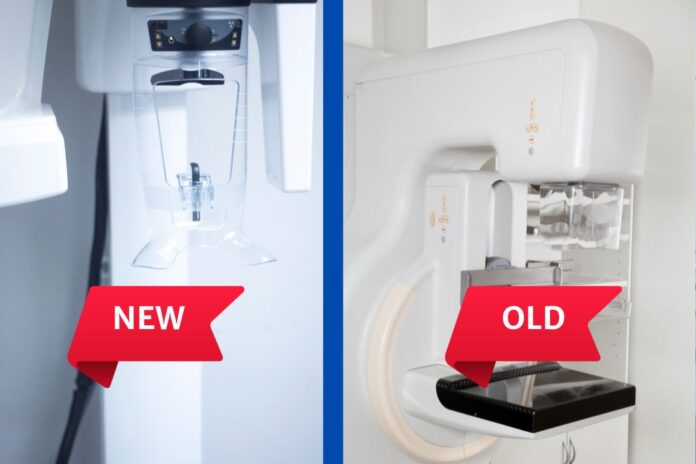In the ever-evolving world of healthcare, medical facilities often face the crucial decision of whether to invest in new or refurbished medical imaging equipment. The choice between these two options can significantly impact both the quality of patient care and the facility’s budget. In this article, we will take a closer look at the pros and cons of refurbished and new medical imaging equipment to help you make an informed decision for your healthcare facility.
The Case for Refurbished Medical Imaging Equipment:
- Cost-Effective Solution:
One of the most compelling reasons to consider refurbished medical imaging equipment is cost savings. These systems are typically available at a fraction of the cost of brand-new equipment, making it an attractive option for facilities with budget constraints. This cost-effectiveness allows healthcare providers to allocate resources to other critical areas of patient care.
- Reliable Performance:
Refurbished medical imaging equipment doesn’t necessarily mean compromised quality. Reputable refurbishment companies meticulously inspect, repair, and upgrade components to ensure that the equipment meets industry standards and performs reliably. Some refurbished systems even come with warranties, providing peace of mind for healthcare providers.
- Environmentally Friendly:
Choosing refurbished equipment is an environmentally responsible decision. By extending the lifespan of medical imaging equipment, facilities reduce the demand for new manufacturing, which, in turn, lowers their carbon footprint. Sustainability is becoming increasingly important in healthcare, and choosing refurbished equipment aligns with these goals.
The Case for New Medical Imaging Equipment:
- Cutting-Edge Technology:
New medical imaging equipment often comes with the latest technological advancements, which can be critical for diagnosing complex medical conditions accurately. These systems offer improved image quality, faster scan times, and enhanced diagnostic capabilities, ensuring that your facility stays at the forefront of healthcare technology.
- Reduced Downtime:
New equipment is less likely to experience unexpected breakdowns, resulting in less downtime for maintenance and repairs. This can lead to increased patient throughput and reduced frustration for both patients and healthcare professionals.
- Long-Term Investment:
Investing in new equipment can provide a long-term solution that serves your facility’s needs for many years. While the upfront costs may be higher, the longevity and reliability of new systems can result in a better return on investment over time.
Conclusion:
The decision between refurbished and new medical imaging equipment ultimately depends on your facility’s specific needs, budget, and long-term goals. Refurbished equipment offers cost savings and reliability, making it an excellent choice for facilities with limited budgets. On the other hand, new equipment provides cutting-edge technology and long-term investment benefits, suitable for those aiming to stay at the forefront of medical imaging capabilities.
Before making a decision, consult with medical imaging specialists, consider your facility’s financial situation, and weigh the advantages and disadvantages of each option carefully. Regardless of your choice, the primary goal should always be to provide the best possible care to your patients while optimizing your facility’s resources.








